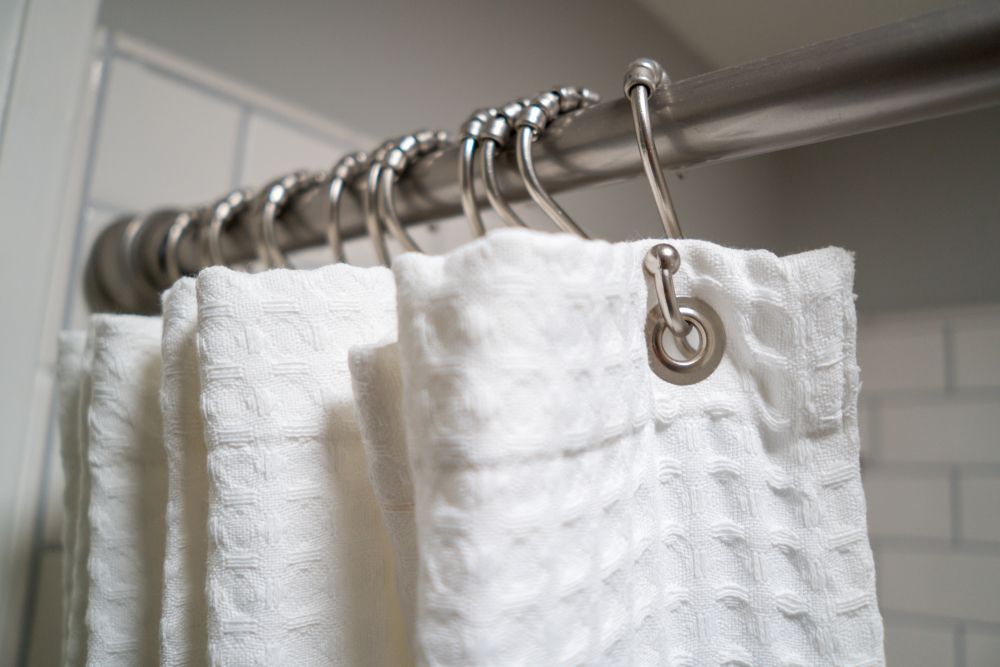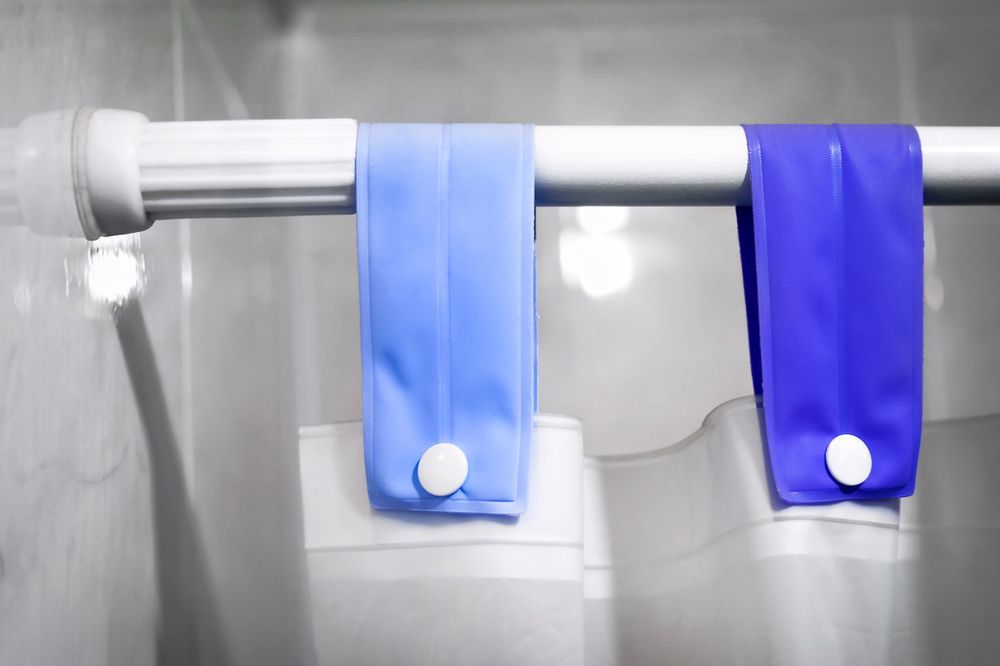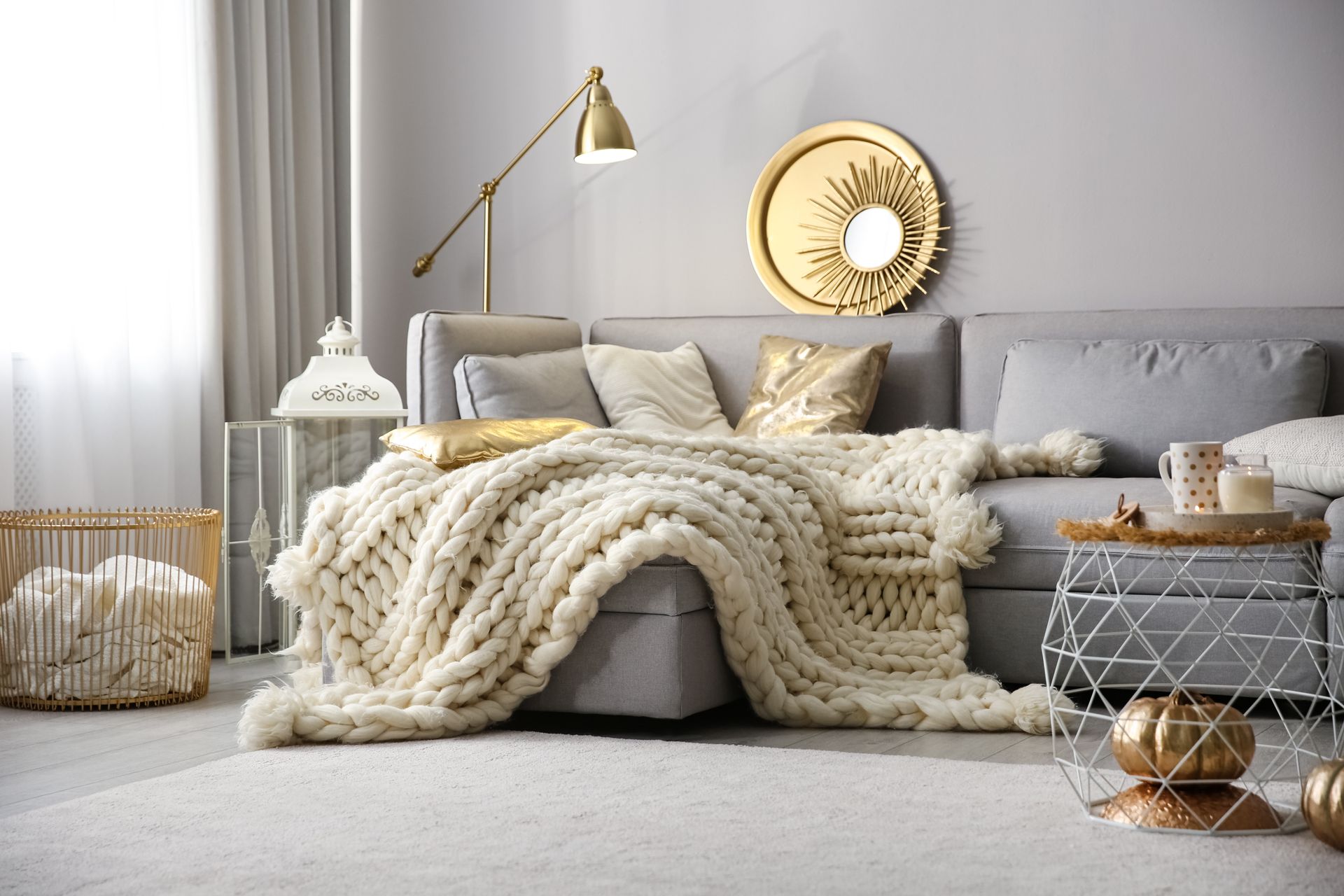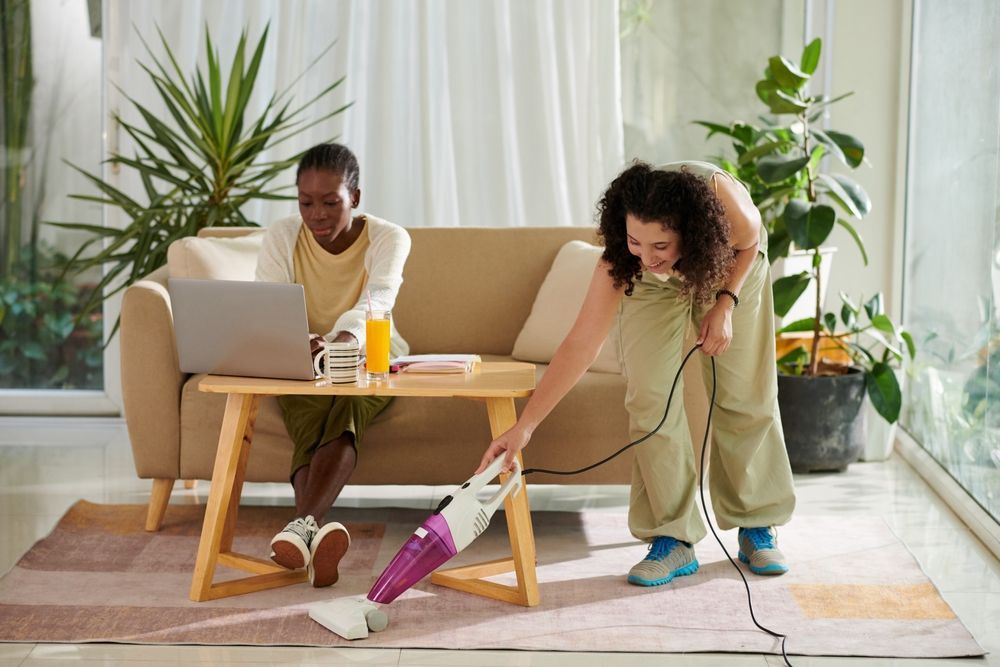How to Hang a Shower Curtain Rod
Share this Article:
Written by: Weida Apartments

When you move into an apartment, you may or may not find a shower curtain rod in the bathroom. Apartment owners sometimes supply them, but they’re not required to. You may have to provide your own, and, if you do, you’ll need to understand what kind of shower rod to buy and how to install a shower curtain rod.
Types of Shower Curtain Rods
The easiest rod to deal with is a tension rod, which twists into place without tools. There are also several types of more permanent fixed rods. In addition to the ones described below, you might occasionally see a specialty rod or a custom-designed rod.
Fixed Shower Rods
These are rods that are actually screwed into the walls and aren’t going anywhere. You can hang a heavy shower curtain on them and even give the curtain an occasional tug and fixed rods will stay put. They tend to be the number one choice for homeowners and for lessors who provide rods.
Curved Shower Rods
Curved rods are almost always fixed rods. They are a variation with a horizontal arch that sticks out into the bathroom. They pull the curtain away from the shower or tub. Sometimes they’re paired with a curved tub. However, they’re more commonly used on a rectangular shower or tub that is small and feels cramped when you’re inside the curtain.
Tension Shower Rods
There’s no rod simpler than a tension rod. These are not permanently installed, but they wedge between the shower walls and tighten with a twist. While you can put one up in a minute, they’re easy to knock out of place. Any kind of pull or stress will bust them loose from the walls.
Multi-Positional Shower Rods
These are a variation on the curved shower rods. They rotate, and you can flip them so that the arch either protrudes into the room or points upward. They’re popular for small bathrooms with small showers or tubs. You can flip them outward for more elbow room when you’re showering, and flip them up to make the rest of the room feel larger when you step out onto the mat.
Choosing the Perfect Shower Curtain Rod
The first question to ask is whether you want a fixed rod or a tension rod. If the building owner won’t let you drill into the shower's side walls, that decision is made for you. If the fixed option is open, ask yourself whether you really want to drill. If the walls where the rods will attach are tiled rather than drywall, drilling is a tricky endeavor. If you opt for a permanent rod, the next question is a straight fixed rod versus one of the curved options. Curved rods feel spacious in the shower but can cramp a small bathroom.
There are multiple rod colors available, and you might want to choose one to match the fixtures.
Installing Your Shower Curtain Rod: Step-by-Step Guide
Here are the steps for installing each type of rod.
Tension Rods
No tools are required except possibly a level. Position the rod where it needs to be and twist one end while holding the other against the opposite wall. Twist until it’s firmly in place. You might want to use a level to ensure that it’s truly horizontal.
Once you’re satisfied, add another quarter twist to tighten it.
Hang the curtain and give it a little tug to make sure that the curtain isn’t too heavy and the rod doesn’t slip. You may have to re-tighten the rod occasionally during the year.

Fixed Shower Rods
You may need a drill, a screwdriver, a hammer, a tape measure, and level, and a pencil for making marks.
Measure the height from the floor and make marks where the screws will go. Stick your pencil through the holes in the base to get it right. Hold up the rod and use the level to double-check that your marks are in the proper place.
Drill pilot holes at the marks. Follow the manufacturer's instructions. If there are wall anchors, you may have to hammer them into place.
Insert the screws through the holes in the base and into the anchors. With many rods, you will have to hold the rod in position while you attach the second base. Tighten the screws.
Some shower curtain rod kits come with flanges that hide the screws. If so, secure these into place. Now you’re ready to hang your curtain.
Must-Have Accessories for Your Shower Curtain
Choosing a shower curtain rod is mostly a practical decision and only to a minor degree an aesthetic one. However, that’s not true of shower curtains. You can pick one to match the towels and the bath mat. You might choose a creative pattern simply because you like it. It’s a great opportunity to put your personal stamp on your rental unit.
Most shower curtains are 72 by 72 inches. You can also buy long curtains that are up to 84 inches, or extra-longs that range up to 96 inches. Longer shower curtains give a feeling of height, and they require that you mount the rod closer to the ceiling.
Most shower curtains come with holes for rings. Others come with built-in rings. Some have a grommet arrangement that attaches directly to the rod. Often the rings have dual hooks to accommodate a liner as well as the curtain. If you have a tub and want to keep the water inside, by all means, use a liner.
Spruce Up Your Bathroom with Weida Apartments
A nice bathroom with an attractive shower curtain is nice, but it’s much more important that the bathroom is in the right apartment. For student housing in West Lafayette, the ideal dwelling place is a
Weida apartment. We have
multiple buildings convenient to Purdue University in sizes ranging from studio to four-bedroom.
Contact us today to learn about all our
excellent options to make your university experience a comfortable and productive one.
Share with Us!










